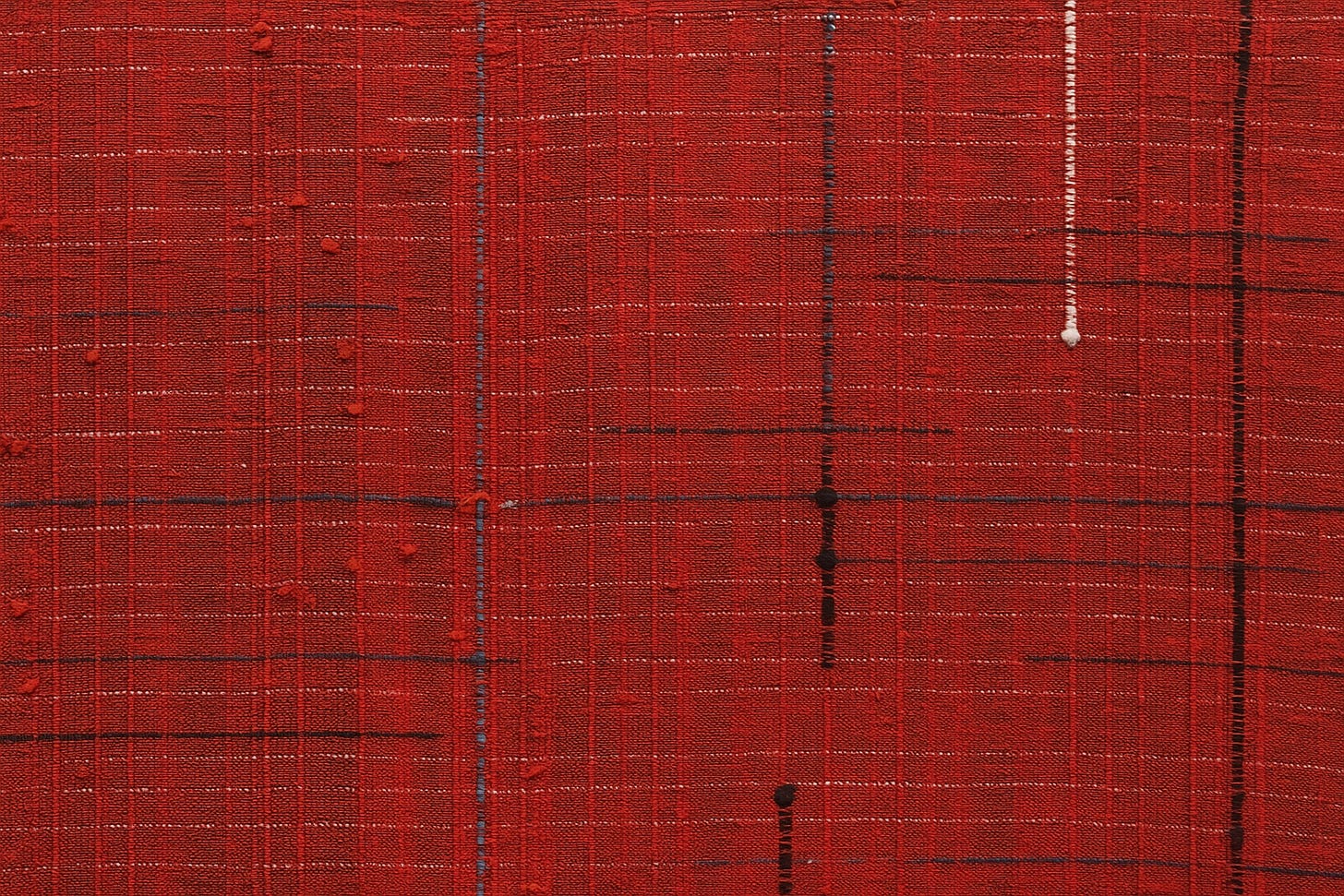Pinnacle of Japanese Color Film Aesthetics
Urano Riichi Who Enabled an Unrepeatable Expression
This article, I’d like to share a pivotal moment regarding the renowned film director Ozu Yasujirō (1903–1963), a figure whom I greatly admire, and his decisive shift to color filmmaking. It is widely known that Ozu was exceptionally cautious when adopting new film technologies. He repeatedly conducted meticulous tests and experiments, ensuring that his aesthetic sensibilities could be fully realized before integrating any new technology into his work. Even when the Japanese film industry had already fully embraced color cinema, Ozu maintained his careful stance and continued rigorous testing and research day and night until he reached his own exacting standards.
Within this cautious shift to color, Ozu placed paramount importance on kimono costumes. For some time, he struggled to find an exceptional textile artist who could meet his demanding standards. Eventually, he encountered an outstanding individual who enabled him to finally venture into the production of color films. This historic first color film for Ozu was Equinox Flower (彼岸花), produced in 1958. The individual who played a crucial role in supporting this much-anticipated transition was the textile researcher and artist Urano Riichi (1901–1991).
Urano Riichi was a pioneering researcher and artist who independently pursued the study of traditional Japanese weaving and dyeing techniques from a young age, significantly contributing to bringing their beauty into the modern era. In his twenties, while working at the kimono department of Shirakiya, a prestigious department store in Nihonbashi, Tokyo, Urano invested the majority of his salary into collecting antique fabric remnants called “kire” (裂), traditional kimono patterns, and rare books on colors and textile designs, meticulously studying them on his own. Through this intensive self-education, he developed a distinctive sense for reviving classical motifs in contemporary contexts, eventually devising his own unique kimono designs characterized by innovative patterns and dyeing methods. The kimono created by Urano possessed a distinctively warm and appealing texture that harmonized traditional beauty with modern sensibilities, quickly captivating the hearts of women at a time when Western-style clothing had already become widespread. His work, which boldly combined classic textile aesthetics with vibrant colors and innovative patterns, soon became an object of admiration among kimono enthusiasts.



